Boost Your Folate Intake With These Top Food Sources

Boost Your Folate Intake with These Top Food Sources
Folate, also known as vitamin B9, is an essential nutrient that plays a crucial role in various bodily functions, including DNA synthesis, cell growth, and red blood cell production. It is particularly important for pregnant women, as it helps prevent neural tube defects in the developing fetus.
While folate can be obtained from supplements, it is best to get it from natural food sources. Here are some of the top food sources of folate:
Leafy Green Vegetables
Leafy green vegetables are packed with folate, making them an excellent choice for boosting your intake. Some of the best sources include:
- Spinach: 1 cup of cooked spinach provides 187 mcg of folate, which is over 50% of the recommended daily intake (RDI) for adults.
- Kale: 1 cup of cooked kale provides 106 mcg of folate, or about 25% of the RDI.
- Collard greens: 1 cup of cooked collard greens provides 77 mcg of folate, or about 18% of the RDI.
Legumes
Legumes, such as beans, lentils, and peas, are another great source of folate. They are also rich in fiber, protein, and other essential nutrients. Some of the best sources of folate among legumes include:
- Black beans: 1 cup of cooked black beans provides 121 mcg of folate, or about 30% of the RDI.
- Lentils: 1 cup of cooked lentils provides 90 mcg of folate, or about 22% of the RDI.
- Chickpeas: 1 cup of cooked chickpeas provides 71 mcg of folate, or about 17% of the RDI.
Citrus Fruits
Citrus fruits, such as oranges, grapefruits, and lemons, are good sources of folate. They are also rich in vitamin C, which helps the body absorb folate. Some of the best sources of folate among citrus fruits include:
- Orange: 1 medium orange provides 55 mcg of folate, or about 13% of the RDI.
- Grapefruit: 1/2 grapefruit provides 30 mcg of folate, or about 7% of the RDI.
- Lemon: 1 lemon provides 11 mcg of folate, or about 3% of the RDI.
Fortified Foods
Some foods are fortified with folate, meaning that folate has been added to them during processing. This can be a convenient way to increase your folate intake. Some of the most commonly fortified foods include:
- Breakfast cereals: Many breakfast cereals are fortified with folate. Check the nutrition label to see how much folate is in a serving.
- Bread: Some breads are fortified with folate. Again, check the nutrition label to see how much folate is in a slice.
- Pasta: Some pastas are fortified with folate. This is a good way to get folate into your diet if you don’t eat a lot of other folate-rich foods.
How Much Folate Do You Need?
The recommended daily intake of folate for adults is 400 mcg. However, pregnant women need more folate, with a recommended intake of 600 mcg per day. Women who are planning to become pregnant should also increase their folate intake to 400 mcg per day.
Folate Deficiency
Folate deficiency can lead to a number of health problems, including:
- Anemia: Folate deficiency can lead to anemia, which is a condition in which the body does not have enough healthy red blood cells.
- Neural tube defects: Folate deficiency can increase the risk of neural tube defects in babies, such as spina bifida and anencephaly.
- Heart disease: Folate deficiency has been linked to an increased risk of heart disease.
Conclusion
Folate is an essential nutrient that is important for overall health. By eating a diet rich in folate-rich foods, you can help ensure that you are getting the folate you need to stay healthy.
Boost Your Folate Intake with These Top Food Sources
Folate, also known as vitamin B9, is an essential nutrient that plays a crucial role in various bodily functions, including DNA synthesis, cell growth, and red blood cell production. Adequate folate intake is particularly important during pregnancy to prevent neural tube defects in the developing fetus. Here are five excellent food sources to boost your folate intake:
1. Leafy Green Vegetables
Leafy green vegetables are a powerhouse of folate. Spinach, kale, collard greens, and romaine lettuce are all excellent sources, providing significant amounts of folate per serving.
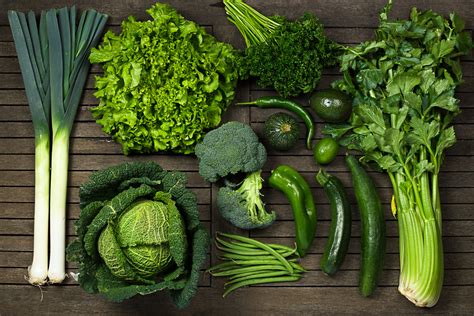
2. Legumes
Legumes, such as beans, lentils, and peas, are another great source of folate. They are also rich in fiber, protein, and other essential nutrients.
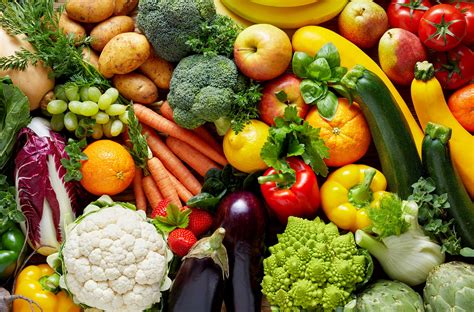
3. Citrus Fruits
Citrus fruits, including oranges, grapefruits, and lemons, are excellent sources of folate. They are also rich in vitamin C, which helps the body absorb folate more efficiently.
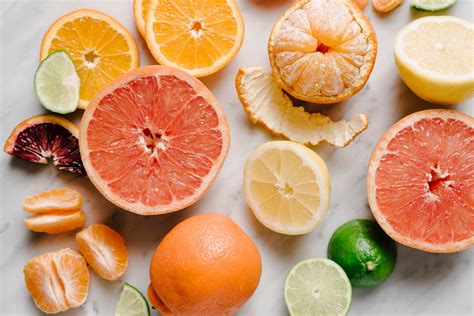
4. Whole Grains
Whole grains, such as brown rice, quinoa, and oatmeal, are good sources of folate. They are also rich in fiber, which can help regulate blood sugar levels and promote a healthy digestive system.
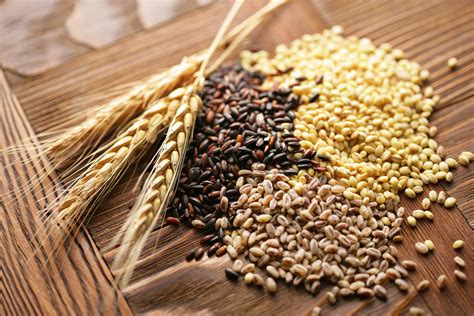
5. Fortified Foods
Many foods, such as cereals, pasta, and bread, are fortified with folate. This means that folate has been added to the food during processing. Fortified foods can be a convenient way to increase your folate intake.
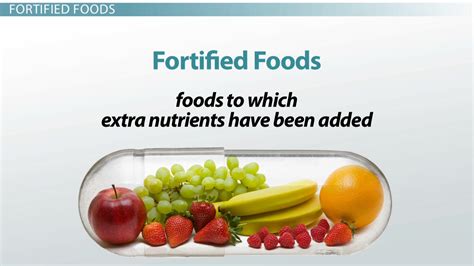
By incorporating these folate-rich foods into your diet, you can ensure that you are getting enough of this essential nutrient. Adequate folate intake is crucial for overall health and well-being, especially during pregnancy.